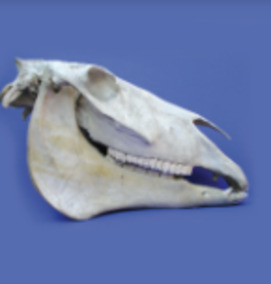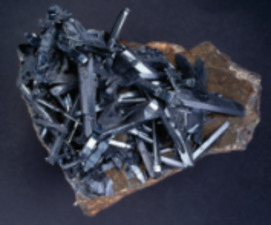Bone and Tooth Mineralization: Why Apatite?
Through evolution, vertebrates have “chosen” the calcium phosphate mineral apatite to mineralize their teeth and bones. This article describes the key characteristics of apatite in biological mineralization and explores how the apatite structure allows biology to control mineral composition and functionality. Through the synthesis and testing of calcium phosphates for biomaterials applications, we have gained further understanding of how sensitive the chemical and physical properties of apatite are to its growth conditions.
Bone and Tooth Mineralization: Why Apatite? Read More »



